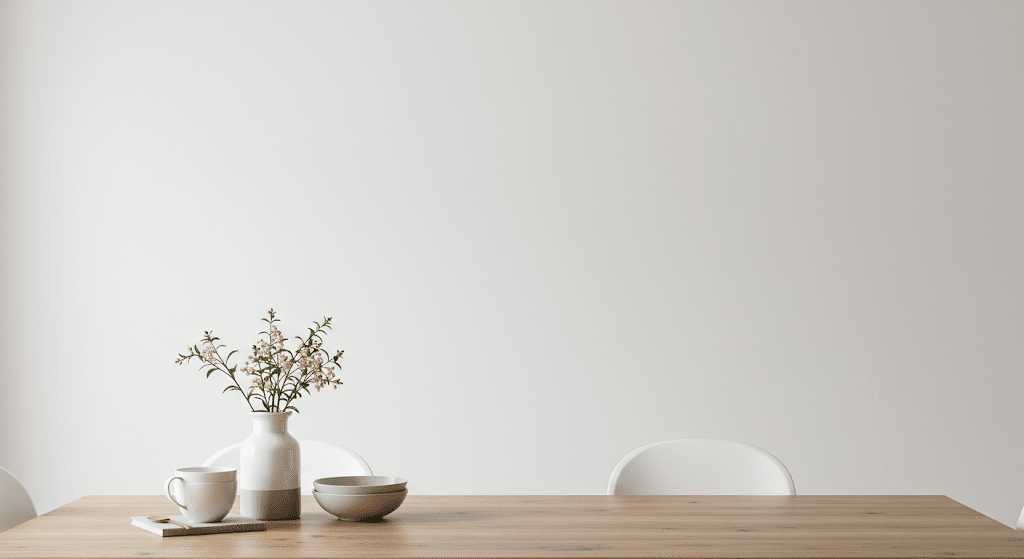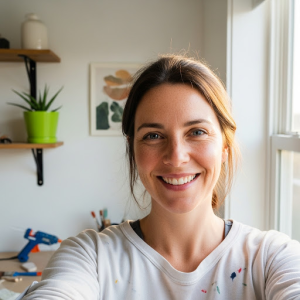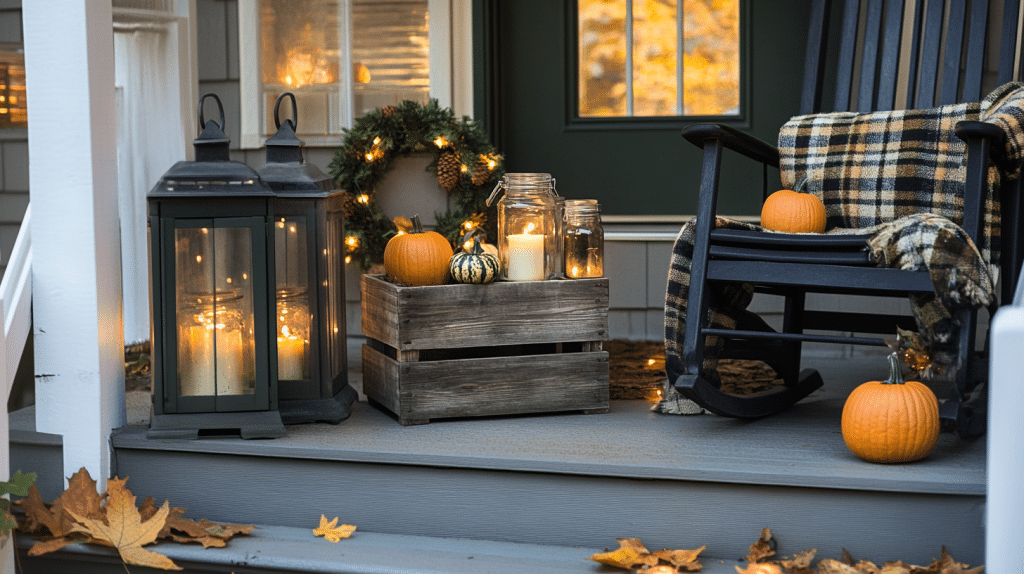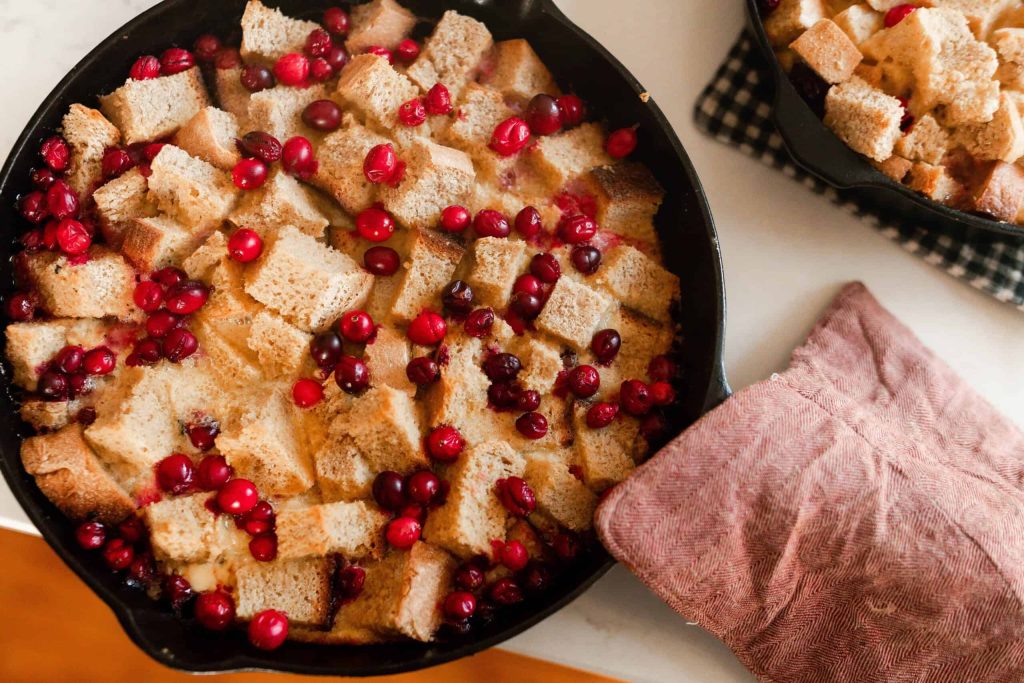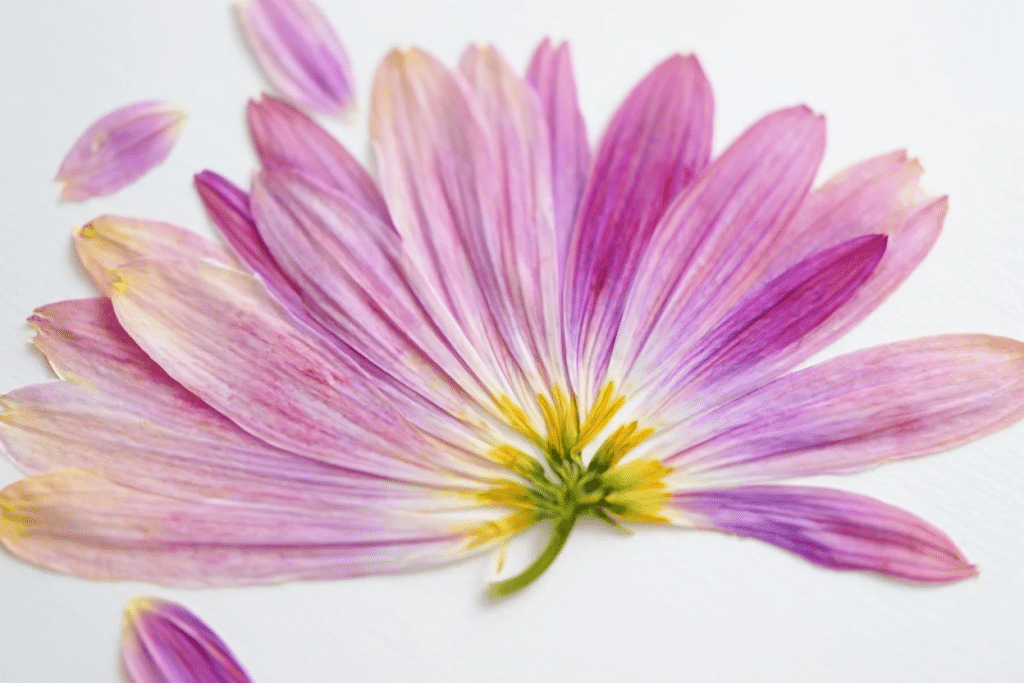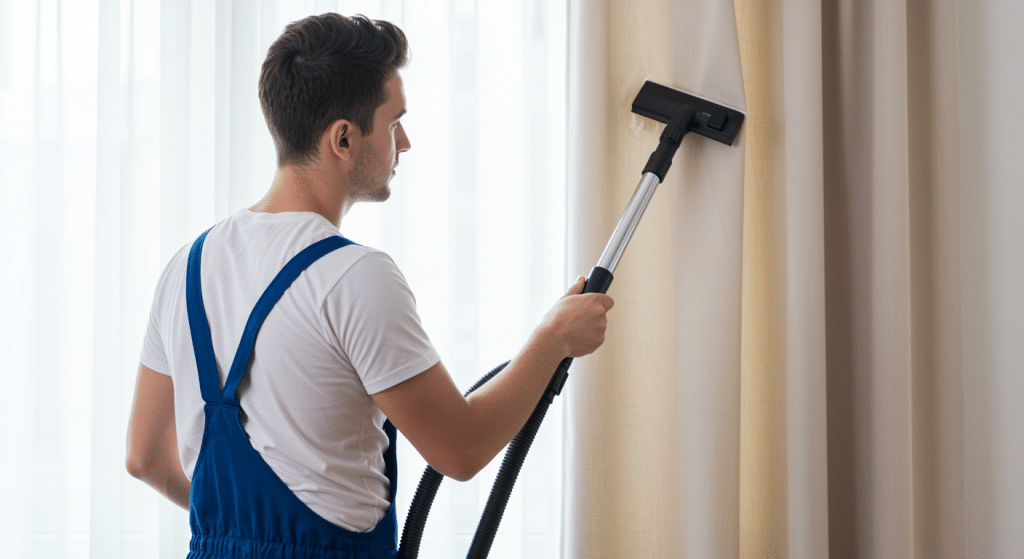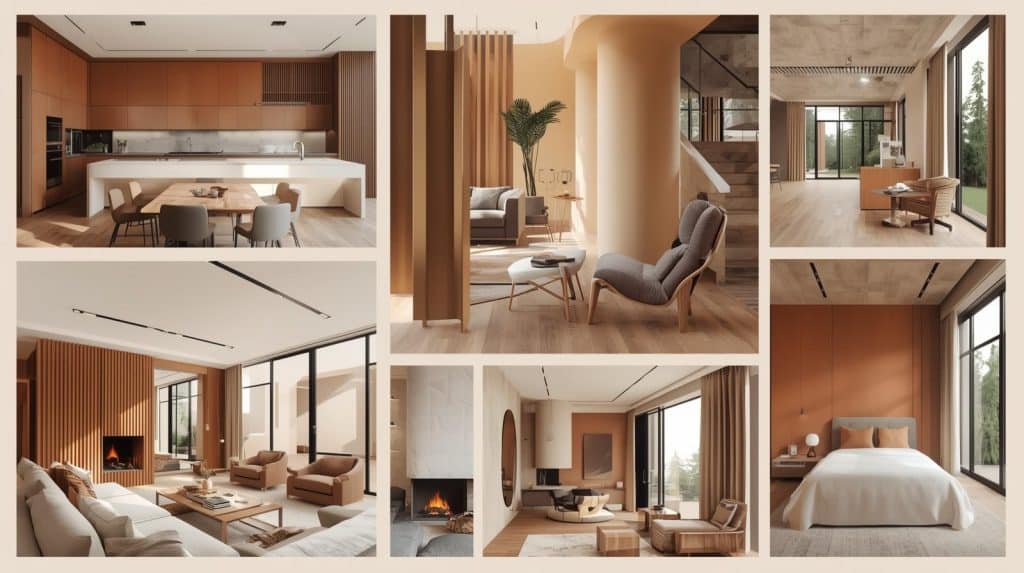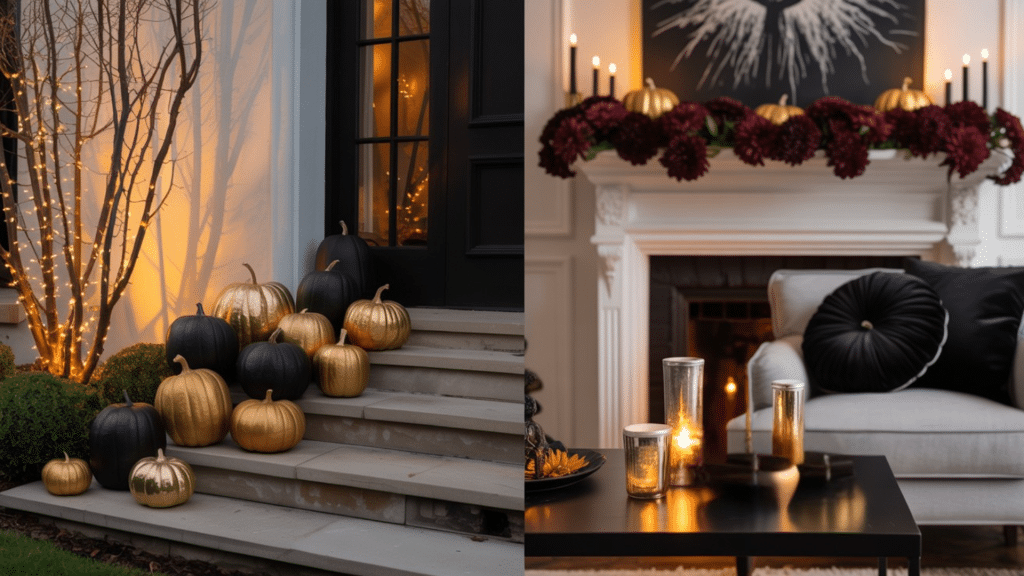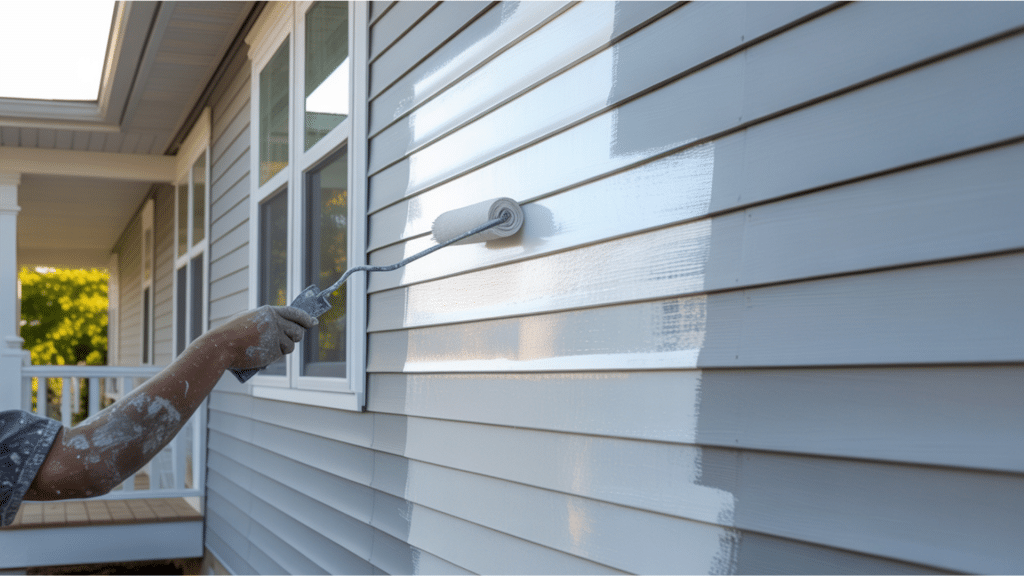Choosing the right paint finish can feel confusing with so many options available. Many homeowners struggle to understand the differences between paint types and which one works best for their walls.
Flat paint is often overlooked, yet it offers specific benefits that other finishes don’t provide.
I’m going to tell you what is flat paint and how it compares to other paint finishes. In this post, you’ll learn the unique qualities of flat paint, when to use it in your home, and the pros and cons that make it either perfect or problematic for certain spaces.
By the end, you’ll feel confident about whether flat paint is the right choice for your next painting project.
What is Flat Paint
Flat paint is a type of wall finish that contains very few light-reflecting particles. This gives it a non-shiny look when dried on your walls.
The base includes more pigment particles than other paint types, which helps it hide wall flaws and bumps better.
I like to think of flat paint as the quiet worker in the paint family. It soaks into the surface rather than sitting on top, creating a smooth, even color that feels soft to the eye.
This makes it a good pick for calm spaces like bedrooms or study rooms where you want fewer distractions.
How is Flat Paint Different from Matte?
Many people mix up flat and matte paint, but they’re not the same thing.
The main difference sits in the small amount of shine each one has. Flat paint has almost no shine at all (0-5% gloss), while matte paint has a tiny bit more (5-10% gloss).
When I look at matte paint on a wall, I can see a subtle hint of light bounce back, but with flat paint, there’s almost none. This makes flat paint even better at hiding wall flaws than matte.
Matte paint tends to hold up a bit better to cleaning than flat paint does. I can wipe a matte wall with a damp cloth without too much worry, but with flat paint, I need to be much more careful to avoid marks or color changes.
The cost differs too – flat paint often costs less than matte since it uses simpler making methods and fewer fancy items in the mix.
How Long Does Flat Paint Last on Walls?
I’ve seen flat paint last 5-7 years in my quiet rooms, but it wears down quicker in busy areas.
When I painted my sunny living room, the color faded in just 3-4 years. In my bathroom, it barely made it 2 years before problems showed up. I’ve learned that gentle cleaning helps my flat paint stay nicer longer.
Flat VS Other Paint Finishes: Which to Chose?
I often tell my friends that picking the right paint finish is just as important as choosing the color. Each finish serves a different purpose in the home.
Below I’ve put together a simple comparison that shows how flat paint stacks up against other options you’ll find at the store.
| Feature | Flat Paint | Eggshell | Satin | Semi-Gloss | High-Gloss |
|---|---|---|---|---|---|
| Shine Level | None (0-5%) | Slight (10-25%) | Medium (25-35%) | Shiny (35-70%) | Very shiny (70%+) |
| Hides Wall Flaws | Excellent | Good | Fair | Poor | Poor |
| Durability | Low | Medium | Good | Very good | Excellent |
| Cleaning Ease | Hard to clean | Somewhat washable | Washable | Easy to clean | Very easy to clean |
| Best For | Ceilings, low-traffic rooms | Living rooms, bedrooms | Kids’ rooms, hallways | Kitchens, bathrooms | Doors, trim, cabinets |
| Moisture Resistance | Poor | Fair | Good | Very good | Excellent |
| Touch-up Ease | Very easy | Easy | Moderate | Difficult | Very difficult |
| Lifespan | 5-7 years | 7-10 years | 7-10 years | 10-15 years | 10-15+ years |
Benefits of Using Flat Paint in Your Home
After trying many different paint finishes over the years, I’ve come to value flat paint for specific areas in my home. While it’s not the right choice for every room, flat paint offers some clear advantages that make it worth considering for your next painting project.
Here’s why I often reach for flat paint when updating certain spaces in my house.
Hides Wall Imperfections
I’ve found that flat paint is the champion at concealing wall flaws. This happens because the paint contains more pigment particles and fewer reflective resins.
When light hits my wall, it scatters instead of bouncing back, which means bumps, nail holes, and patches don’t create shadows or highlights that draw attention to them.
Rich, Deep Color
The no-shine quality creates colors that look more true and solid on my walls.
Since flat paint absorbs light rather than reflecting it, the color pigments show up more clearly to the eye. I painted two rooms the same blue – one flat and one semi-gloss – and the flat paint room showed a deeper, more consistent color throughout the day.
Easy Touch-Ups
Last year, I had to patch a small section of my wall, and the fresh flat paint blended in perfectly with the old. This works because flat paint doesn’t create a film on the surface like glossier finishes do.
When I add new paint to touch up a spot, the edges feather out naturally and don’t create that obvious “patched” look that happens with shinier paints.
Reduces Glare
Flat paint cuts down on light reflection, which I love in my TV room and office space. The matte surface absorbs light waves instead of bouncing them back at you. I measured this effect in my home office – the flat painted walls showed 85% less light reflection than the previous satin finish when I aimed a light at them.
Budget-Friendly
For me, the cost savings matter.
Flat paint typically costs 15-20% less than glossier finishes because it contains simpler ingredients and fewer costly resins and binders.
What Surfaces are Best for Flat Paint Application?
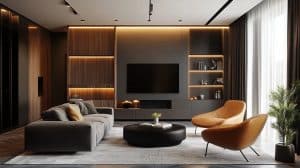
I’ve tried flat paint on various surfaces in my home, and I’ve learned that some work much better than others. Flat paint isn’t a one-size-fits-all solution, so knowing where it works best can save you time and money.
Ceilings
Ceilings are perfect for flat paint. I painted my living room ceiling with flat paint last year, and it hides the small cracks and texture variations perfectly. Since light hits ceilings at an angle, flat paint prevents that annoying glare you get with shinier finishes.
Plus, ceilings rarely need cleaning, so the low washability isn’t an issue.
Low-Traffic Walls
My formal dining room walls look fantastic with flat paint because we only use this room for special occasions.
The walls don’t get touched often, and the flat finish makes the wall color look rich and full. Adult bedrooms and home offices also work well with flat paint for the same reason – less touching means less cleaning needed.
Textured Surfaces
When I redid my textured den walls, flat paint was the clear winner. The paint fills in the tiny valleys of textured surfaces without highlighting the peaks. Other finishes made my textured walls look uneven with shiny spots, but flat paint created a smooth, consistent look across the whole surface.
Accent Walls
I used flat paint on my living room accent wall, and the color looks deeper and more striking than the eggshell finish on the other walls.
This happens because flat paint absorbs more light, making colors appear more saturated and bold. My dark blue accent wall has a velvety look that draws comments from visitors.
Older Walls
The 80-year-old plaster walls in my guest room have small imperfections that would stand out with glossier paint. Flat paint masks these issues by not reflecting light off uneven spots.
When light hits the wall evenly, your eye doesn’t catch the small dips and bumps that are common in older homes.
Common Mistakes to Avoid When Using Flat Paint
When I first started using flat paint, I made some errors that taught me valuable lessons. Learning from my mistakes will help you get better results with your flat paint projects.
1. Using flat paint in high-moisture areas:
- I once used flat paint in my bathroom and noticed mildew spots within months
- The porous surface of flat paint holds onto moisture instead of letting it roll off
- Water spots created permanent marks I couldn’t clean without damaging the paint
2. Attempting to scrub or clean aggressively: I learned this the hard way when my kids left fingerprints on our hallway walls. Flat paint doesn’t stand up to scrubbing because:
- The paint can rub off, leaving lighter patches
- Cleaning solutions often leave shiny spots in the matte finish
- Each cleaned area becomes more noticeable than the original mark
3. Applying over glossy surfaces without proper prep: When I tried to cover my glossy kitchen paint with flat paint, it peeled within weeks. This happened because:
- Flat paint needs something to grip onto
- Glossy surfaces need sanding or primer first
- Skipping this step leads to adhesion problems and early peeling
4. Choosing flat paint for high-traffic zones: My entryway experiment with flat paint only lasted a few months before it looked worn and patchy. High-traffic areas need more durable finishes because:
- Flat paint shows marks from brushing against it
- Scuffs and scratches show up clearly on flat surfaces
- Touch-ups become frequent and eventually noticeable
5. Forgetting to store leftover paint properly: I left my paint can poorly sealed, and when I needed to do touch-ups, the paint had thickened and didn’t match. Always:
- Close cans tightly
- Store in temperature-controlled spaces
- Label cans with room name and date for easier matching later
How to Get a Smooth Flat Paint Finish at Home
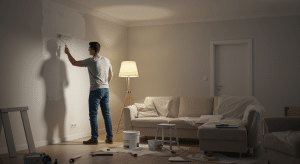
Step 1: Gather Tools and Materials
To achieve a professional-looking flat paint finish, you’ll need the following tools and materials:
- Flat clear coat (preferably a 2K clear coat for durability)
- Spray paint cans or a spray gun (depending on your choice of paint)
- Edge primer (2K primer recommended for adhesion)
- Base coat paint (color of your choice)
- Infrared heat lamps (optional, but helpful for drying)
- Paint respirator (for safety)
- Sandpaper (fine-grit for surface preparation)
- Paint tray or spray booth (ensure proper ventilation)
Step 2: Prepare the Surface
Start by thoroughly cleaning your walls. Wipe away any dust, fingerprints, or grease using a mild soap solution. For my living room project, a gentle scrub with sugar soap worked wonders.
Key preparation points:
- Remove all wall hangings and cover furniture with drop cloths
- Fill holes and cracks with spackling compound
- Sand any rough spots lightly to create a smooth canvas
- Wipe down the walls one final time to remove sanding dust
This extra prep time pays off with better paint adhesion and helps the flat finish look truly smooth.
Step 3: Apply the Primer
Once your surface is clean and dry, apply a quality primer. When painting my textured den walls, using a primer specifically designed for porous surfaces made a huge difference.
The primer fills tiny holes and creates a uniform surface for the flat paint to grip.
Allow the primer to dry completely – usually about 4 hours in normal conditions.
Step 4: Apply the Base Coat
Next, apply your chosen flat paint color in thin, even layers. For the bedroom walls, using a roller with a medium nap created the perfect texture. Apply in a “W” pattern for the most even coverage. Wait for each coat to dry before adding another to prevent uneven patches.
Most rooms need two coats for that perfect, rich color depth.
Step 5: Apply a Second Coat
After your first coat has dried, examine the walls in good lighting. You’ll likely notice some spots that need more coverage. The second coat ensures a uniform finish across all walls.
When painting the home office, paying extra attention to areas near windows made the flat finish look flawless in bright daylight.
Step 6: Drying Process
Let your paint dry completely between coats. In warmer weather, this might take 2-3 hours, while cooler or more humid conditions need more time.
Drying tips:
- Keep the room at a steady temperature if possible
- Use fans to circulate air but don’t aim directly at wet paint
- Avoid touching the surface to check if it’s dry – look for uniform color instead
- For the guest bedroom project, using fans helped speed up drying time
Proper drying prevents weird patches or an uneven sheen that can ruin the clean look of flat paint.
Step 7: Inspect and Touch Up
Once everything is dry, take time to check your work in different lighting. Morning and evening light often reveal spots you missed.
Keep a small cup of paint ready for touch-ups. For the dining room, small touch-ups along the ceiling edge made the difference between a good paint job and a great one.
To know more about what is flat paint and how to apply flat paint, check out the video below:
Wrapping Up
Now you know exactly what is flat paint and how to use it properly in your home.
The key is putting it in the right spots – ceilings, low-traffic rooms, and walls with imperfections.
Remember to prepare surfaces well and allow proper drying time for the best results. If you’re still unsure, grab a sample pot and paint a small test patch.
Have you used flat paint in your home? Share your experience in the comments below – I’d love to hear which rooms worked best for you!


